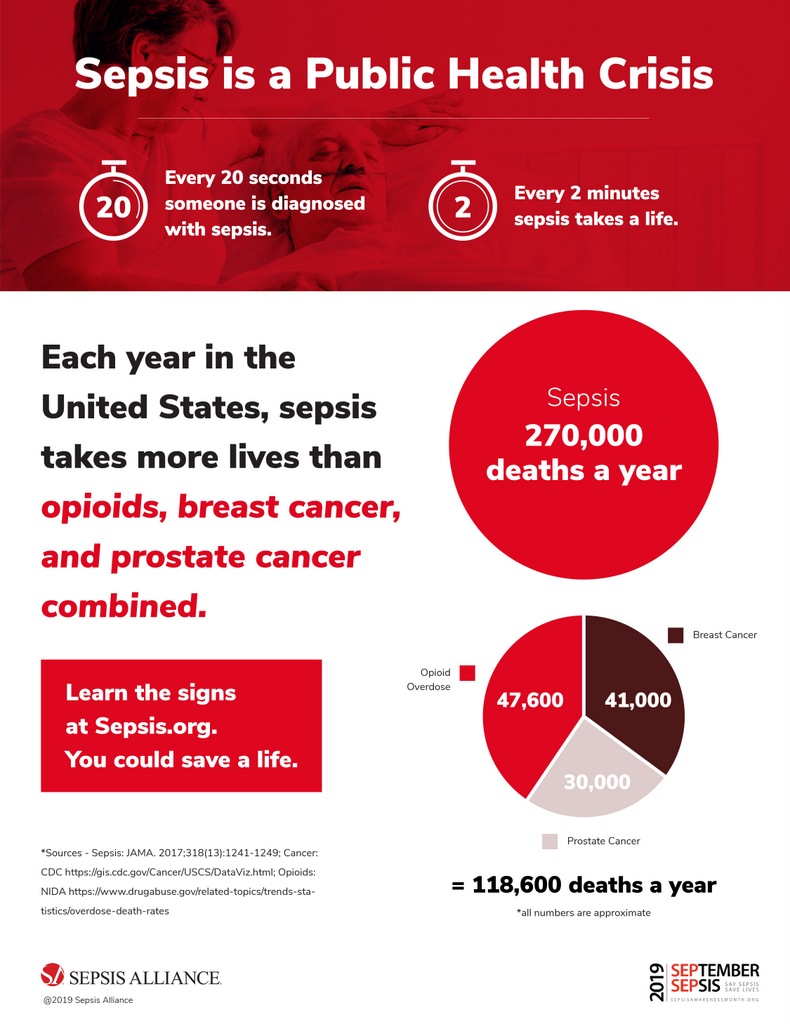San Andreas, CA…Earlier this month we had the pleasure to visit Mark Twain Medical Center’s ER Department where they demoed their new Sepsis testing equipment from Cheetah Medical. Their non-invasive system was purchased for MTMC by the Mark Twain Medical Center Foundation. A video of our visit is below and more information from the Sepsis Alliance is below that.
“Sepsis is the body’s overwhelming and life-threatening response to infection that can lead to tissue damage, organ failure, and death. In other words, it’s your body’s overactive and toxic response to an infection.
Your immune system usually works to fight any germs (bacteria, viruses, fungi, or parasites) to prevent infection. If an infection does occur, your immune system will try to fight it, although you may need help with medication such as antibiotics, antivirals, antifungals, and antiparasitics. However, for reasons researchers don’t understand, sometimes the immune system stops fighting the “invaders,” and begins to turn on itself. This is the start of sepsis.
Some people are at higher risk of developing sepsis because they are at higher risk of contracting an infection. These include the very young, the very old, those with chronic illnesses, and those with a weakened or impaired immune system.
Patients are diagnosed with sepsis when they develop a set of signs and symptoms related to sepsis. Sepsis is not diagnosed based on an infection itself. If you have more than one of the symptoms of sepsis, especially if there are signs of an infection or you fall into one of the higher risk groups, your doctor will likely suspect sepsis.
Sepsis progresses to severe sepsis when in addition to signs of sepsis, there are signs of organ dysfunction, such as difficulty breathing (problems with the lungs), low or no urine output (kidneys), abnormal liver tests (liver), and changes in mental status (brain). Nearly all patients with severe sepsis require treatment in an intensive care unit (ICU).
Septic shock is the most severe level and is diagnosed when your blood pressure drops to dangerous levels.
Sepsis has been named as the most expensive in-patient cost in American hospitals. One report stated the the costs were $24 billion in 2014. But at an average of over $18,000 per hospital stay and with over 1.5 million sepsis hospital stays per year, this actually works out to costs of $27 billion each year.
Studies investigating survival have reported slightly different numbers, but it appears that on average, approximately 30% of patients diagnosed with severe sepsis do not survive. Up to 50% of survivors suffer from post-sepsis syndrome. Until a cure for sepsis is found, early detection and treatment is essential for survival and limiting disability for survivors.”




